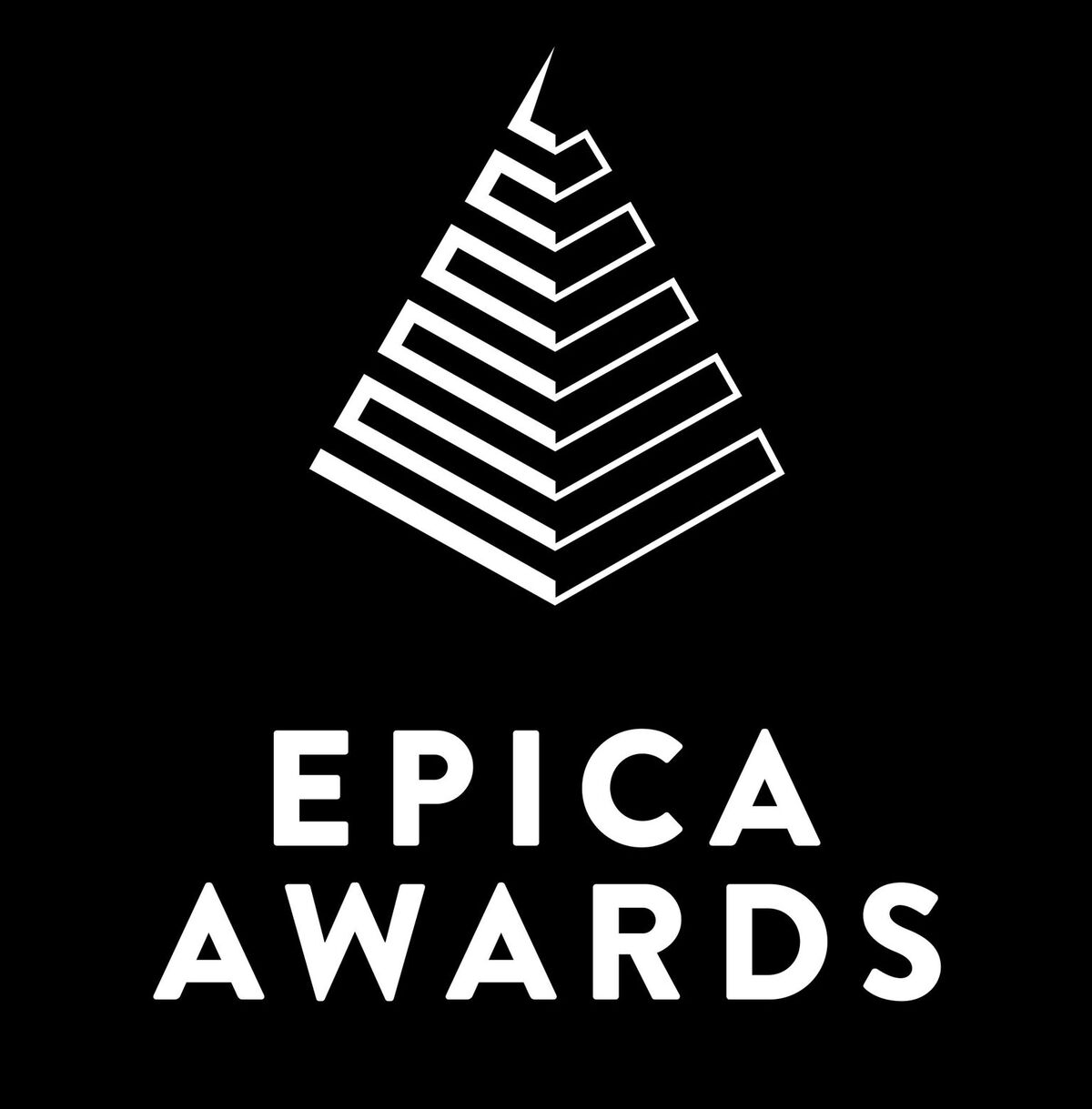Debunking 4 Native Advertising Myths
An opinion by Olimpia Norsesovici, Senior Sales manager at MGID Romania
In the last few years, native ads have continued to gain popularity, mainly due to higher engagement compared to other advertising formats. Consumers tend to look at native ads 53% more often than they do display ads. Engagement as well with native content is found to be on par with regular editorial content engagement.
With its rise in popularity, native ads came to be referred to as one of the most efficient, user-friendly and brand-safe formats. In turn, it is no surprise to anyone that this massive popularity sparked a variety of myths and wild theories around native advertising and its success.
Today, we’re going to set the records straight for four of the most common native advertising myths, helping you to understand what native advertising is and why it is so successful.

Myth #1: In the fake news era, native ads muddy the waters
Fake news has stirred up quite a bit of trouble in the last five years and has been associated with voter manipulation and other unsavory practices in politics. A common myth is that native advertising helped dilute the thin line that separates real journalism from paid content.
To understand why this myth has no basis in reality, you need to know what compliance entails. Companies such as MGID operate in compliance with a country’s local laws and regulations and abide by the basic principles of advertising law. While advertising laws vary from one country to the next, they all prohibit deceptive, unfair and misleading advertising. In other words, native advertising needs to be truthful, accurate and disclosed as advertising.
Simply put, native advertising must be disclosed as such, leaving no room for interpretation. Platforms that abide by advertising laws do everything they can to ensure that people know they are looking at sponsored content. That’s not muddying the waters — it’s committing to transparency and higher standards in advertising.
Myth #2: Brands need native ads only for engagement
Brands don’t need native ads only for engagement. In most cases, they already tried forcing engagement using aggressive advertising tactics, attention-grabbing ads and clickbait headlines: “What you’ll read next will shock you.”
The result was a terminal case of ad fatigue — a user’s subconscious rejection of aggressive advertisements. Brands learned that engagement alone isn’t enough. Ads need to be valuable, informative, and unobtrusive.
It is a common misconception that to be engaging one has to mislead consumers. However, when sponsored content is truly informative, it’s more than just engaging. It’s beneficial to the reader, regardless of whether they engage or not. In addition, in its inherent design, native ads are far from misleading, clearly disclosing themselves as a type of advertisement from the start.
Being misleading can harm the brand more than it helps. The same can be said for publishers. Both brands and publishers (especially the latter) put their reputations in harm’s way when they resort to misleading practices. Masking an ad and hiding it from your audience is a sure-proof way of losing their trust — and your revenue. In the long run, brand safety is more important than quick profits.
Myth #3: Fake stories pass native ad moderation
At MGID, we perform multi-factor checks automatically and manually against internal databases of different personalities. To that end, we have partnered with GeoEdge to stay on top of every ad creative on our platform. This proprietary software solution along with manual checks prevents malicious and fake ads from ever seeing the light of day.
With these security measures in place, no fake photoshopped characters will ever pass our moderation process. This doubly goes for explicit or gruesome content, as well as fake celebrity endorsements and fake designs.
Myth #4: Native ads are designed only to sell a product
Native ads are a step away from aggressive advertising strategies that are all about sales. Native ads’ main purpose is not a product or service promotion, rather the wealth of reputable information you can derive.
Native ads can also drive users to trusted news websites, delivering fact-checked stories from across the globe. Since visitors can peruse information for free without ever committing to a transaction, it doesn’t make too much sense to claim that native ads are just about sales. The visitor can consume the content and make an informed decision whether or not they’d like to spend more time on the website.
On top of that, MGID allows advertisers to launch content promotion campaigns and drive traffic to advertisers’ content projects. Content promotions can help spread relevant, useful and entertaining content while building awareness for brands and helping new (or existing) audiences discover a product.
Final thoughts
Suffice it to say, MGID always strives for the highest standard of compliance and brand safety in advertising. Our multi-factor checks leave no room for fake web pages and stories, misinformation, false commitments, placebo products, exaggerated health claims, or explicit imagery.
In addition, full compliance with advertising laws means we extend our moderation process to copyright infringement and intellectual property violations. Any kind of attempted endorsement from media personalities, influencers, and opinion leaders is dealt with swiftly.
With an elaborate moderation process and commitment to the highest standards of advertising, MGID paves the way for native advertising to successfully reach every corner of the world.
Photo 76185877 © One Photo | Dreamstime.com







One thought on “Debunking 4 Native Advertising Myths”
Comments are closed.